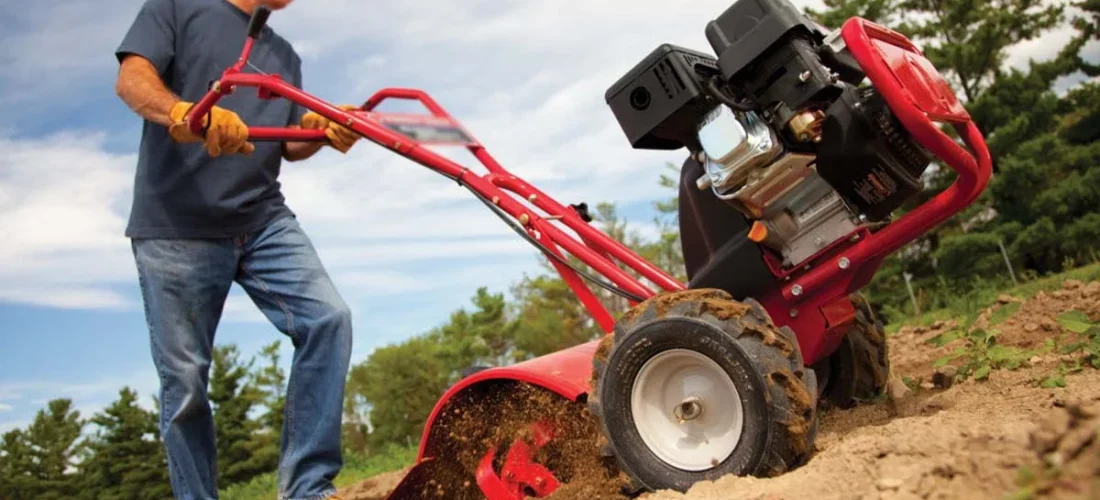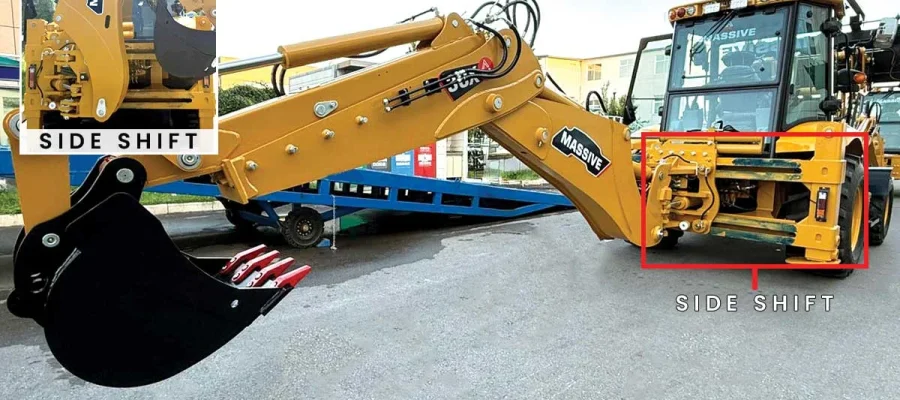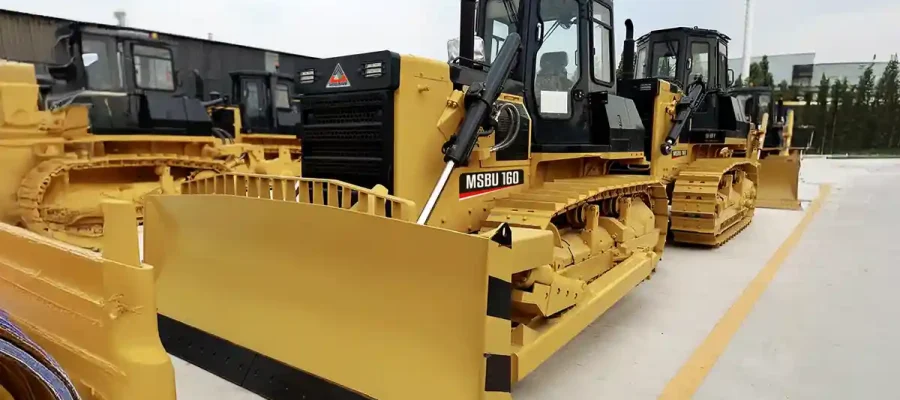
Farming under the sun-dusted fields of Africa and the Caribbean has always carried its challenges. For centuries, manual labor has been the backbone of agricultural success across these regions. However, as demand for efficiency grows and arable land expands, relying solely on traditional methods is no longer sustainable. Enter the walking tractor – a machine that’s slowly but surely transforming farming as we know it.
This blog explores why walking tractors are game-changers, their role in improving productivity, and accessibility in Africa and the Caribbean, and how to find the right walking tractor for your farm through suppliers like Tractor Corner.
A Small Machine with Big Potential
Walking tractors might appear modest compared to their bulkier, four-wheeled counterparts, but don’t underestimate their utility. A walking tractor, also known as a two-wheel tractor, acts as a versatile, mechanized bridge between manual tools and large-scale tractors.
Operating on an easy-to-maneuver framework, these machines are powered by a small engine and designed to aid with various agricultural tasks such as ploughing, tilling, planting, and harvesting. Compact, cost-effective, and energy-efficient, they’re ideal for farmers working with limited resources or small to medium-sized plots of land.
Why Walking Tractors are Transforming Farming
Cost-effective and Accessible
Traditional tractors are often prohibitively expensive for farmers in Africa and the Caribbean. Many cannot afford to buy or maintain large machines, especially those working on smallholder farms. Walking tractors, on the other hand, provide a more affordable solution, offering many of the benefits of mechanization at a fraction of the cost.
Additionally, these machines require less fuel and boast easier maintenance, helping to reduce ongoing expenses for resource-constrained farmers.
Boosting Productivity
Using hand-held tools or animals for ploughing and planting can be slow and labor-intensive. Walking tractors significantly reduce the workload, completing tasks in a fraction of the time it would take manually.
For example, a single walking tractor can prepare an acre for planting within hours, whereas the same process with manual tools might take days. The increase in efficiency allows farmers to dedicate more time to expanding their operations or improving their yields.
Tackling Labour Shortages
With younger generations often moving toward urban industries, rural areas are experiencing a decline in available agricultural labor. Walking tractors remove some of the dependency on human effort, making farming more feasible for households with fewer hands available.
Versatility for Varied Crops and Terrains
Africa and the Caribbean boast diverse topographies and grow various crops, from sugarcane and maize to cassava and yams. Walking tractors are designed to adapt to different climates and soil types, and many models come with tractor attachments that allow for multitasking. Whether you’re tilling the earth, irrigating fields, or planting seed rows, these machines can handle it all.
Advancing Sustainable Practices
With careful use, walking tractors can support sustainable farming methods. These machines can reduce soil compaction compared to heavier equipment and are compatible with conservation tillage practices, which help maintain soil quality and prevent erosion.
Applications Across Africa and the Caribbean
The adoption of walking tractors has seen a steady rise across Africa and the Caribbean for good reason. Here’s how these machines cater to the specific needs of farmers in these regions.
Walking Tractors in Africa
The agricultural landscape in Africa is predominantly characterized by smallholder farmers, many of whom cultivate less than two hectares of land. Walking tractors are particularly well-suited to this context due to their portability, ease of use, and ability to operate on uneven terrains.
For regions like sub-Saharan Africa, where unpredictable weather patterns often challenge farming, walking tractors can empower farmers to complete essential tasks more quickly, maximizing the relatively short planting seasons.
Walking Tractors in the Caribbean
Caribbean agricultural practices face distinct challenges, including hurricanes, limited arable land, and labor shortages. Walking tractors are a key asset in these conditions, allowing small and medium-sized farms to operate more efficiently.
Whether it’s preparing fields for a rice harvest in Guyana or cultivating sugarcane in Jamaica, these adaptable machines play a vital role in modernizing Caribbean agriculture and maintaining food security in the region.
Tips for Choosing the Right Walking Tractor
Selecting the right walking tractor is essential to getting the most value for your investment. Here are some key considerations for farmers in Africa and the Caribbean.
Determine Your Farm’s Needs
What will you primarily use the tractor for? If you’re dealing with rocky soil, look for a model with high durability and sturdy tires. For farms with diverse crops, consider a tractor that supports multiple attachments.
Check Engine Capacity
A more powerful engine is crucial if you have a larger piece of land or a heavier workload. For smaller farms, engines with moderate horsepower often suffice.
Review Attachment Compatibility
From ploughs and harvesters to seed drills, the ability to attach various tools is a huge benefit of walking tractors. Choose a model that is compatible with the attachments suited to your specific tasks.
Prioritise Fuel Efficiency
Fuel prices are a concern for many farmers, so look for models designed to optimize fuel consumption. This can save you significant amounts of money over time while keeping your operations eco-friendly.
Trust Reputable Suppliers
To ensure quality and reliability, buy your tractor from a trusted supplier like Tractor Corner. Their range of walking tractors is imported from top manufacturers and tailored specifically to meet the needs of African and Caribbean farmers.
Tractor Corner: Your Trusted Partner in Walking Tractors
When it comes to walking tractors, Tractor Corner stands out as a reliable and experienced supplier. They understand the unique agricultural challenges faced in Africa and the Caribbean and offer products that provide solutions tailored to these contexts.
Why Choose Tractor Corner?
- Wide variety of models to suit different farm sizes and functions
- Affordable prices with flexible payment options
- Dependable customer support to guide you through selection, purchasing, and maintenance
- Proven track record with satisfied farmers across both regions
Whether you’re taking the first steps to mechanization or upgrading your farm equipment, Tractor Corner ensures a seamless process from start to finish.
Mechanization Made Simple
Walking tractors represent a pivotal step toward modernizing agriculture in Africa and the Caribbean. By providing an affordable, reliable, and versatile alternative to manual labor, these machines have the potential to revolutionize farming practices and uplift communities.
To learn more about how walking tractors can transform your farm or to view available models, head over to Tractor Corner today. With the right tools in hand, the future of farming lies firmly within your grasp.


